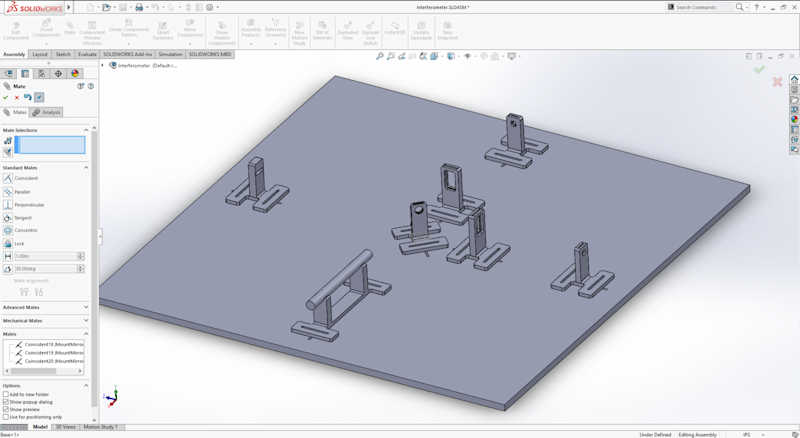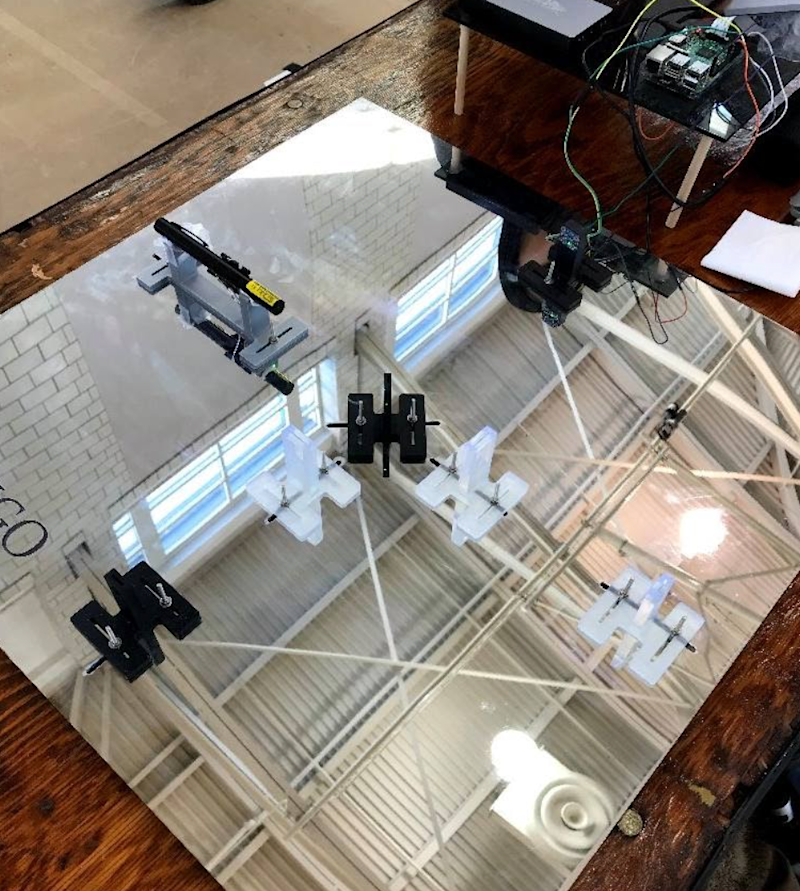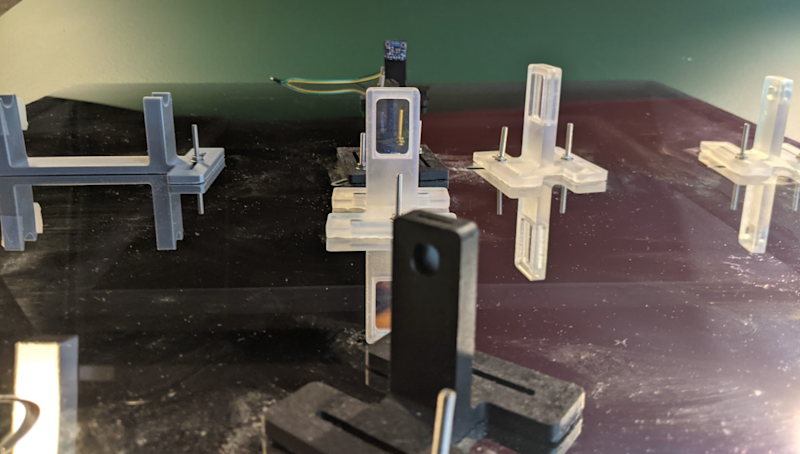Understanding space has always interested Husni Almoubayyed, so he was attracted to the idea of something that can monitor gravitational effects “stretching and contracting space around us on a very tiny scale”. While there was no expectation of building their own LIGO device, not least because of the expense involved, Husni and fellow students wanted to help communicate to a wide audience how LIGO works. miniLIGO is designed to be a “simplistic and affordable” prototype mimicking the laser-interferometer gravitational wave observatory experiment that won the Nobel Prize in physics in 2017.
Sensitive subject
The team had an advantage because Husni had worked on the original LIGO project when he was studying at Glasgow University as part of a scientific collaboration. “While I mostly worked on data analysis at that time, I wanted to experience some of LIGO’s engineering challenges,” he says, of which one is creating an interferometer (magpi.cc/ligoifm) for highly detailed analysis work. For example, CalTech’s LIGO interferometers can measure a distance 1/10,000th the width of a proton!
“LIGO is an extremely expensive and large-scale experiment,” says Husni, and some major decisions were needed about how to create a prototype cost-effectively. With the aim of building the miniLIGO project for less than $1000, it was clear that some compromises would be needed, while mimicking the original LIGO concept as closely as possible.
“LIGO has an extremely accurate damping system that works to shield it from vibrations and seismic changes,” Husni explains. “We considered using a six-axes motion sensor as a low-cost alternative, and to correct the signal computationally using the sensor, but ultimately decided to leave it out as we deemed that it would not be a good use of time and resources as stronger sources of noise would still dominate the signal.”
Having used microcontrollers and Raspberry Pi for wearable computing and music-based projects, the possibilities of single-board computers were clear. (One of the other projects you’ll find on the husni.space website is a graphical tablet that makes music with a corresponding artistic visualisation.) “Raspberry Pi allows us to easily connect all the pieces of the project, and has enough processing power to do signal processing in real time,” he says. Raspberry Pi provides easy interaction with the light sensor, while also having plenty of processing power to analyse and process wave signals in real-time. It also meant the project could be portable – the team successfully ran miniLIGO from a battery pack.
Getting set up
A Raspberry Pi 3B, connected to a portable battery and a Bluetooth speaker, and a GPIO library are at the heart of miniLIGO. The team used an Adafruit High Dynamic Range Light Sensor and optical equipment, including the lenses and laser from Edmund Optics, then added a monitor and a speaker. Access to the university 3D printing lab meant they were able to 3D-print their own case.
When it came to writing software for miniLIGO, they decided to use Python code, largely because of the “mature and easy-to-use” Python library, from which they chose some of the common scientific computing libraries such as numpy, scipy, and matplotlib.
When miniLIGo’s sensors detect a signal, its software analyses it, visualises it in real-time and plays a sound representation of it in Python. The team also wrote the software to simulate a gravitational wave signal whenever the red button on the device is pressed.
Husni explains: “miniLIGO is based on a Michelson interferometer setup that has several applications in physics and astronomy. Although it is nowhere near precise enough for gravitational wave detection, miniLIGO can be used to detect sources of noise that LIGO encounters, such as when lightning strikes nearby.”







